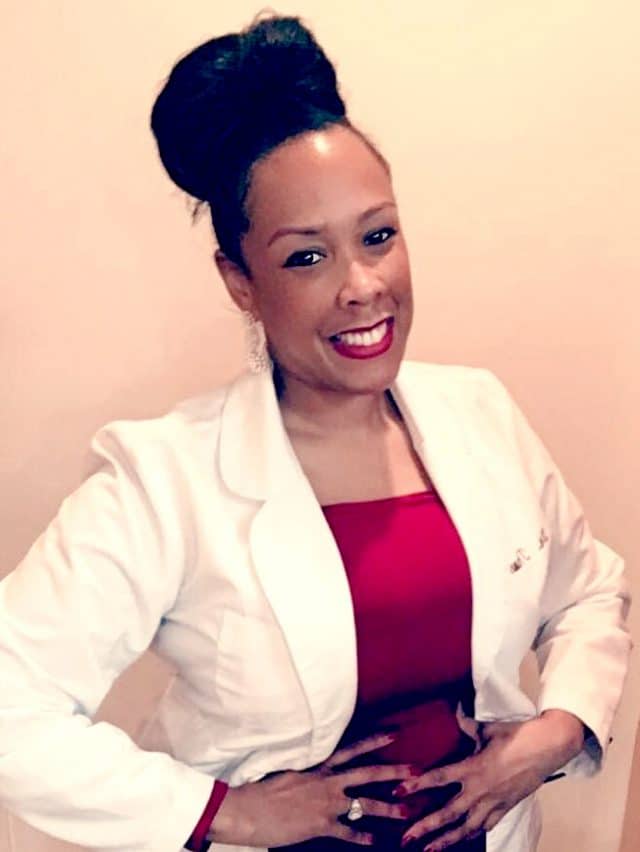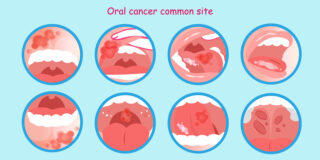
More Beauty Skin Care & Gorgeous Smiles Articles
Oral Cancer: What You Need To Know

Although oral cancer may not get as much attention as some more widely-known types of cancer, that doesn’t mean it’s any less deadly. In the U.S., oral cancer is responsible for one death every hour. Oral cancer is dangerous because it isn’t usually detected until it has reached an advanced stage. At that point, the odds aren’t great: only about 6 in 10 people will survive after five years of treatment.
If there were a simple test that could give you an early warning, would you take it? The good news is – there is. Early detection increases the survival rate of oral cancer to 80% or better and can truly save lives. Oral cancer screenings are part of regular dental checkups.
Oral cancer examinations are fast and painless. It identifies small changes in the lining tissues of the mouth, lips and tongue. The screening is primarily a visual and tactile (touch) examination. If necessary, a small tissue sample can be retrieved for further laboratory testing.
Who’s At Risk for Developing Oral Cancer?
Oral cancer used to be thought of as an older person’s disease, and it still mostly affects those over 40. But today, younger people form the fastest-growing segment among oral cancer patients. This is primarily due to the spread of the sexually transmitted human papilloma virus (HPV16).
Other major risk factors apply, including: Being middle aged or older, a moderate to heavy drinker or a long-time tobacco user. Chronic exposure to the sun, long known to cause skin cancer, is associated with cancers of the lips. Genetic factors also play a role.
Detecting Oral Cancer
Oral cancer screenings are part of dental checkups – another reason why you should be examined regularly. Screenings include a visual assessment of your lips, tongue, and the inside of your mouth, including a check for red or white patches or unusual sores. Palpation (pressed with fingers) detects the presence of lumps and swellings. Lights, dyes, or other procedures may also help check any suspect areas. If anything appears to be out of the ordinary, a biopsy can be easily performed.
Abnormal sores or color changes in the tissue of your mouth, lips and tongue, may be a symptoms of oral cancer – most, however, are completely benign. Sores or other unusual changes that haven’t gone away by themselves after 2-3 weeks should be examined. Remember, the only way to accurately diagnose oral cancer is through a laboratory report. Early diagnosis, aided by thorough screenings at your regular dental checkups, is one of the best defenses against oral cancer.
Other Articles You May Find of Interest...
- Longevity Supplements: Improving Medical Practitioner Care & Functional Medicine in 2024
- Rejuvenate Your Skin: How Cutting-Edge Science Transforms Personalized Skincare
- Five Options for an Improved Neck Contour
- Can You Benefit From Braces?
- Exploring the Safety and Effectiveness of CoolSculpting Treatments
- How to Prepare for Your Visit to the Dermatologist
- What’s the Right Age To Have Cosmetic Surgery?

















